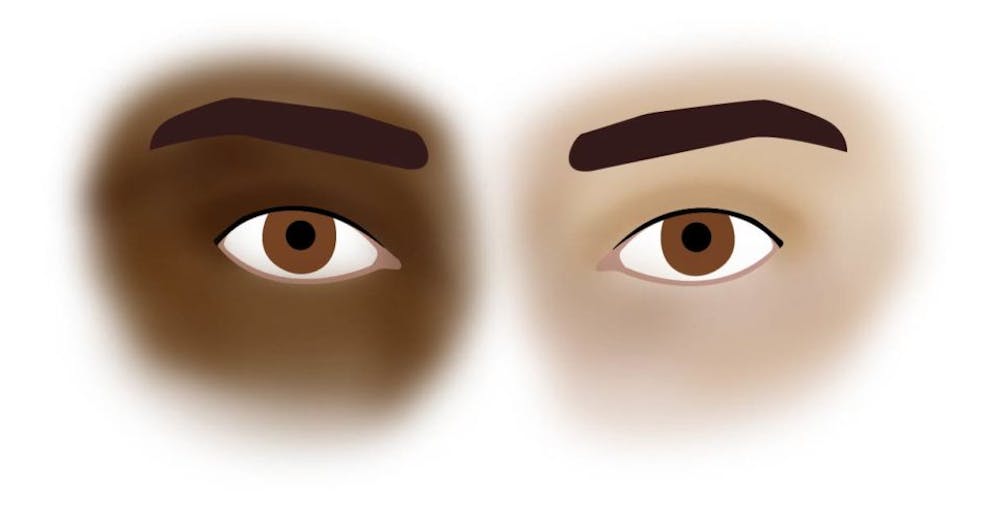The barrel of a .44 pistol was pointed in Raisuddin “Rais” Bhuiyan’s face. At the other end, a redheaded man demanded money from the cash register of the gas station he worked at. Before he knew what was happening, Rais’ blood gushed from his head, collecting on the floor where he collapsed—though the bullet didn’t kill him.
Rais is a Middle-Eastern American who emigrated from a successful life in Bangladesh to study in America, he says. In Bangladesh, he had been an air force officer, jet fighter pilot, and a Microsoft-certified systems engineer. He left his supportive family and all that he knew to study in America.
Anand Giridharadas, a New York Times columnist, wrote the book The True American, which brings the story of Rais to light. The shooting took place on September 21, 2001. The man who attacked Rais, Mark Stroman, intended to get revenge for the events of 9/11 by shooting any Arab he was able to find—and Rais was one of them. Stroman later admitted to his crimes in a videotaped interview before his trial. He was sentenced to death by lethal injection, and was executed on July 20, 2011, in Huntsville, Texas.
Since the War on Terror, many Americans have developed the stereotypical image of a terrorist being of Middle-Eastern descent. In a study conducted by Pew Research Center in 2007, only 21 percent of Muslim Americans thought support existed for extremism within the American Muslim community. Forty percent of the general population thought otherwise.
Pew Research also found that 28 percent of Muslim Americans had experienced what they considered to be suspicious looks, and 22 percent had been called derogatory names. More than half say that the U.S. anti-terrorism policies target Muslim Americans for increased surveillance.
To continue reading, visit ballbearingsmag.com.





